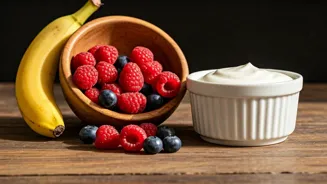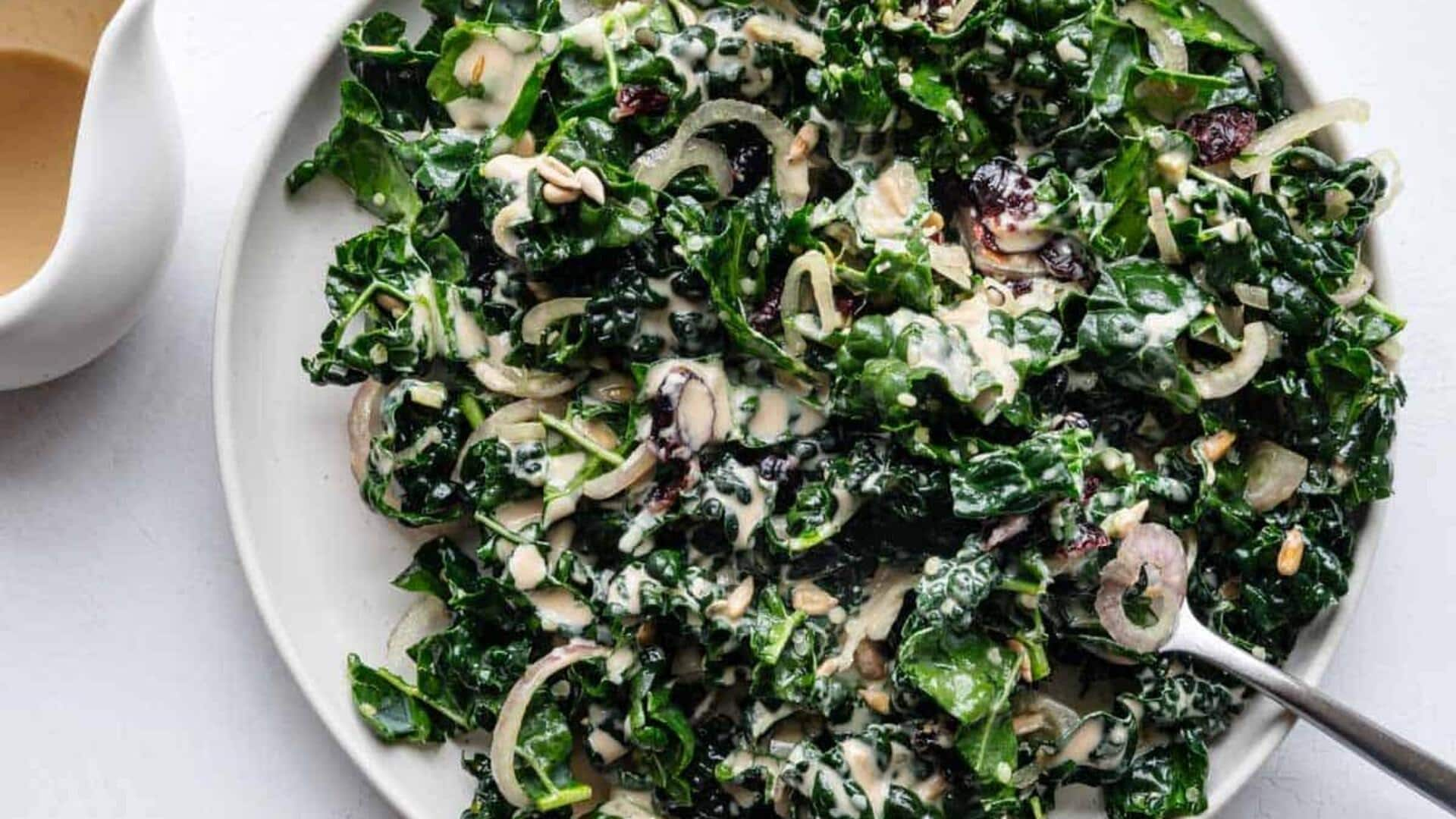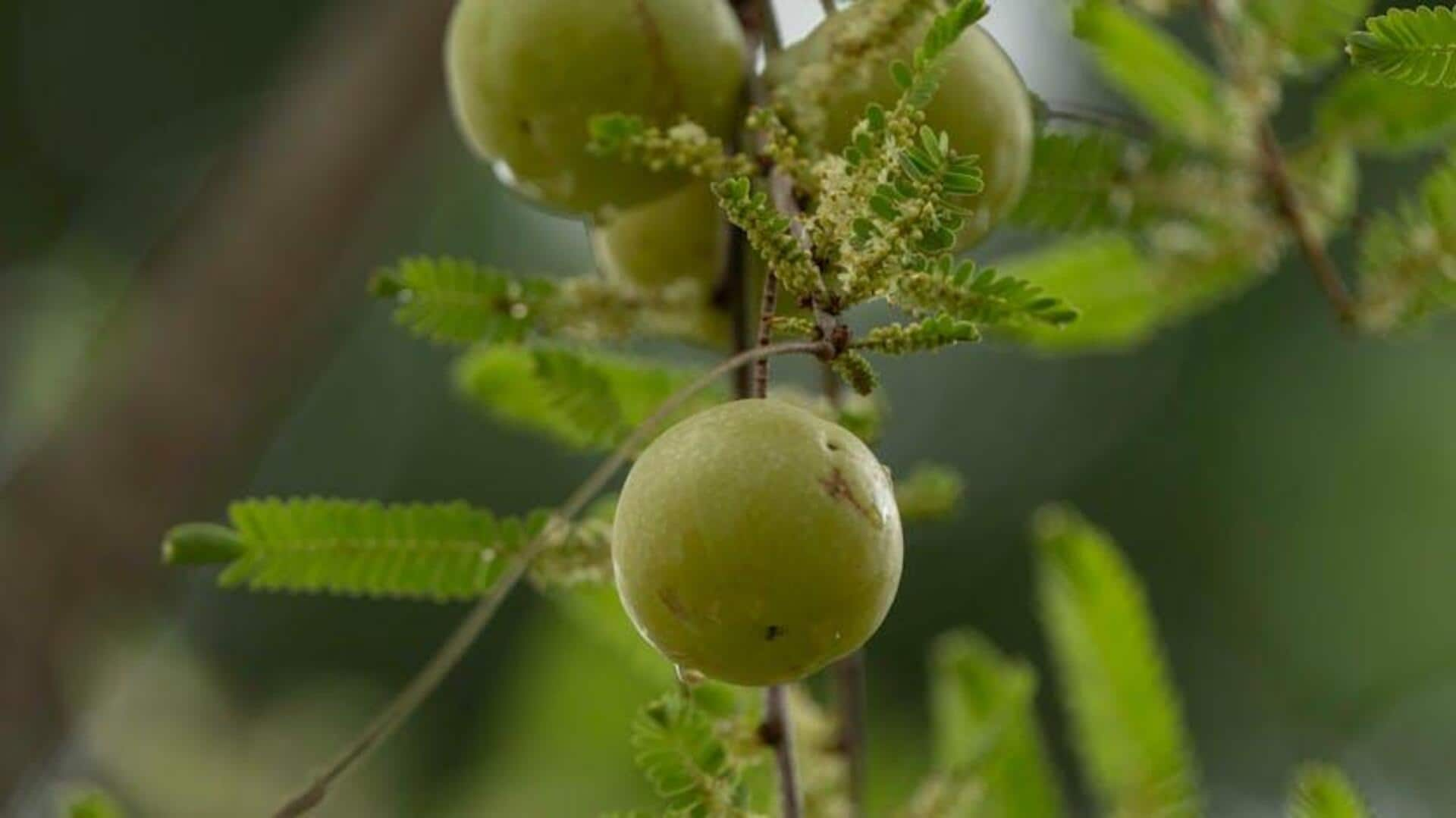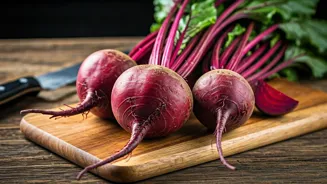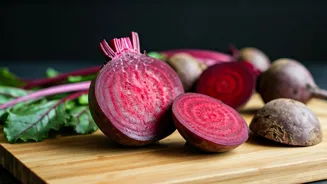Sea Beans Unveiled
Sea beans, also known as samphire, are a coastal plant known for their salty, slightly crunchy texture. These unique vegetables thrive in saline environments
and are often enjoyed as a side dish or added to salads for a burst of flavor. Sea beans are a nutritional powerhouse, offering significant amounts of iodine, which is essential for thyroid function and overall metabolism. They are also a good source of vitamins and minerals, including vitamin C, potassium, and magnesium. The high water content and low-calorie profile of sea beans make them a great choice for those looking to maintain a healthy weight while getting their fill of nutrients. When preparing sea beans, it's important to be mindful of their inherent saltiness. They can be enjoyed raw in salads, lightly steamed, or sautéed with a touch of olive oil and garlic for a simple, delicious side dish. Their crispiness and salty taste make them a great addition to any meal.
Jerusalem Artichokes Defined
Jerusalem artichokes, though bearing 'artichoke' in their name, are actually a type of sunflower tuber, boasting a slightly sweet and nutty flavor. These knobby roots are celebrated for their high content of inulin, a type of prebiotic fiber that supports gut health by feeding beneficial bacteria in the digestive system. Inulin also helps regulate blood sugar levels, making Jerusalem artichokes a good option for people with diabetes or those aiming to stabilize their blood sugar. Beyond inulin, these vegetables contain significant amounts of iron, vitamin C, and potassium. Jerusalem artichokes can be prepared in numerous ways, including roasting, boiling, steaming, or even eating them raw in salads. When roasting, their sweetness becomes more pronounced, providing a delightful taste. The versatile nature of Jerusalem artichokes allows them to enhance a variety of dishes, and their prebiotic properties make them an excellent choice for overall digestive health and well-being.
Purple Carrot Highlights
Purple carrots, a colorful variation of the common carrot, offer a delightful aesthetic and a unique nutritional profile. They gain their deep purple hue from anthocyanins, powerful antioxidants that are associated with various health benefits, including reduced inflammation and protection against chronic diseases. Beyond their vibrant color, purple carrots provide a good source of vitamin A, important for eye health and immune function. They also contain fiber, supporting digestive health, and vitamin K, critical for blood clotting. Purple carrots have a slightly sweeter and less earthy taste than the more common orange variety, and their vibrant color adds visual appeal to dishes. They can be enjoyed raw in salads, juiced, or cooked in various ways, such as roasting or steaming. Their versatility makes them an excellent addition to both savory and sweet recipes, offering a delicious way to boost antioxidant intake and overall health.
Romanesco Revelation
Romanesco, a member of the Brassica family, is a stunning vegetable characterized by its fractal patterns and vibrant green color. This visually appealing vegetable is a cross between broccoli and cauliflower, offering a milder, slightly nutty flavor. Romanesco is a great source of vitamin C, vitamin K, and dietary fiber. The high fiber content promotes healthy digestion, while vitamin C acts as a potent antioxidant, supporting the immune system. Romanesco also boasts glucosinolates, compounds that are associated with potential cancer-fighting properties. This vegetable can be prepared in various ways, including steaming, roasting, or sautéing. Roasting Romanesco enhances its flavor and caramelizes the florets, making it a delicious side dish. Its unique texture and mild flavor make it a versatile ingredient, adding both visual appeal and nutritional value to any meal. Consuming Romanesco is an appealing way to enrich your diet.
Bitter Gourd Insights
Bitter gourd, also known as karela, is a unique vegetable with a distinctive bitter taste that has earned it a prominent place in various cuisines. Its bitterness comes from compounds called cucurbitacins, which are also responsible for its various health benefits. Bitter gourd is traditionally used in some cultures to manage blood sugar levels, showing promising results in studies related to diabetes management. It is also rich in vitamins A and C, along with minerals such as potassium and magnesium. Despite its bitter taste, bitter gourd can be incorporated into a balanced diet. It is frequently consumed in curries, stir-fries, and even juices, often paired with ingredients that balance its bitterness, such as onions, tomatoes, or spices. The key to enjoying bitter gourd is in its preparation; methods such as soaking in salt water can help reduce some of the bitterness. With its unique flavor and health-promoting properties, bitter gourd offers a distinctive and valuable addition to your diet.
Kohlrabi Explained
Kohlrabi, a member of the cabbage family, is recognized for its bulbous stem and crisp, mild flavor reminiscent of broccoli stems or cabbage hearts. The plant's edible parts include both the bulbous stem and the leaves, both rich in nutrients. Kohlrabi is a good source of vitamin C, providing antioxidant properties and supporting immune function. It also offers fiber for digestive health, as well as vitamins B6 and potassium. Kohlrabi can be enjoyed raw or cooked. When consumed raw, it has a crunchy texture and a slightly sweet taste, making it an excellent addition to salads or enjoyed as a snack. It can be roasted, steamed, or sautéed when cooked. Peeling the outer skin before consuming is recommended to remove any potential toughness. Its versatility allows it to be incorporated into diverse dishes, bringing both flavor and important nutrients to your meals.
Water Spinach Profile
Water spinach, also known as kangkong or swamp cabbage, is a leafy green vegetable widely consumed in various cuisines, particularly in Asia. It thrives in aquatic or moist environments, hence its name. This leafy green is an excellent source of several nutrients, including vitamins A and C, iron, and fiber. Vitamin A supports vision and immune function, while iron is essential for carrying oxygen in the blood. Fiber aids in digestion, contributing to overall gut health. Water spinach has a slightly sweet, earthy flavor and a tender texture, making it a versatile ingredient in cooking. It is frequently used in stir-fries, curries, and soups. The stems and leaves are both edible, and cooking can help soften the leaves. Whether sautéed, boiled, or added to stews, water spinach brings nutritional value and a refreshing taste to a variety of meals, providing a simple and delicious way to enhance your diet.



